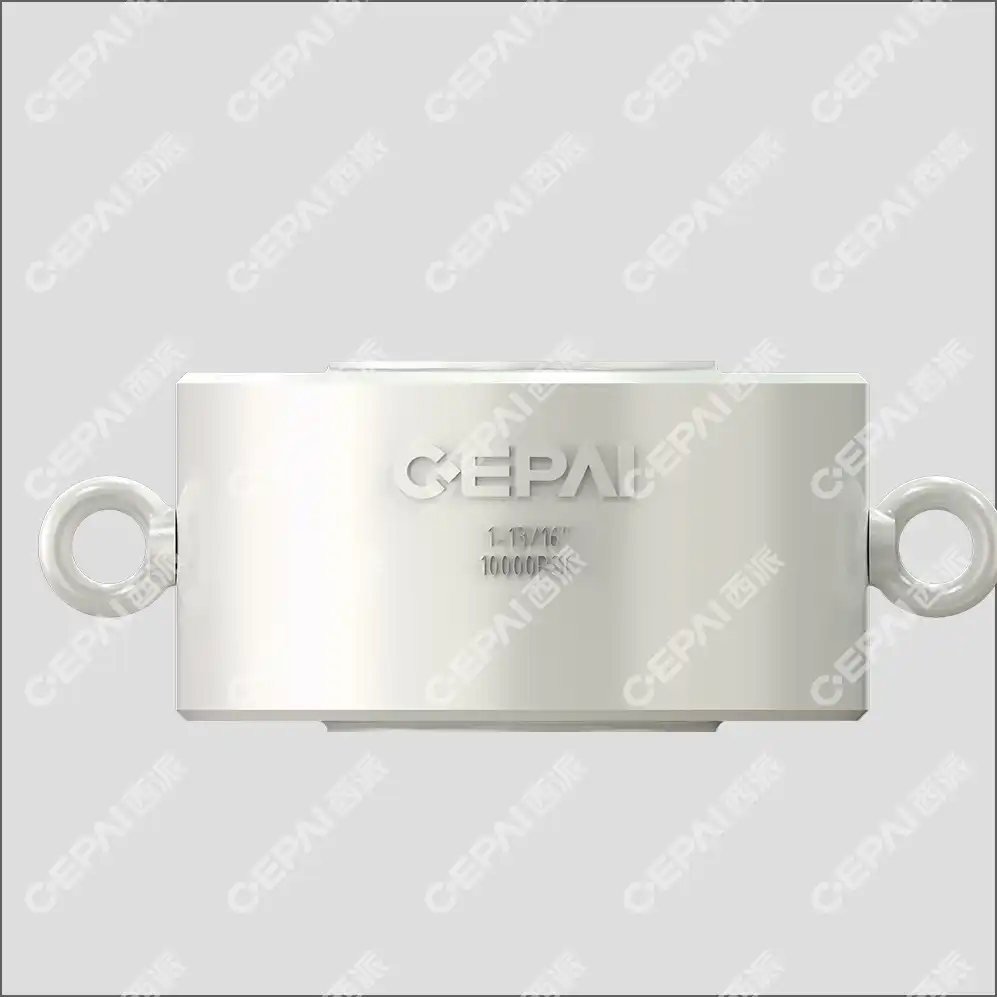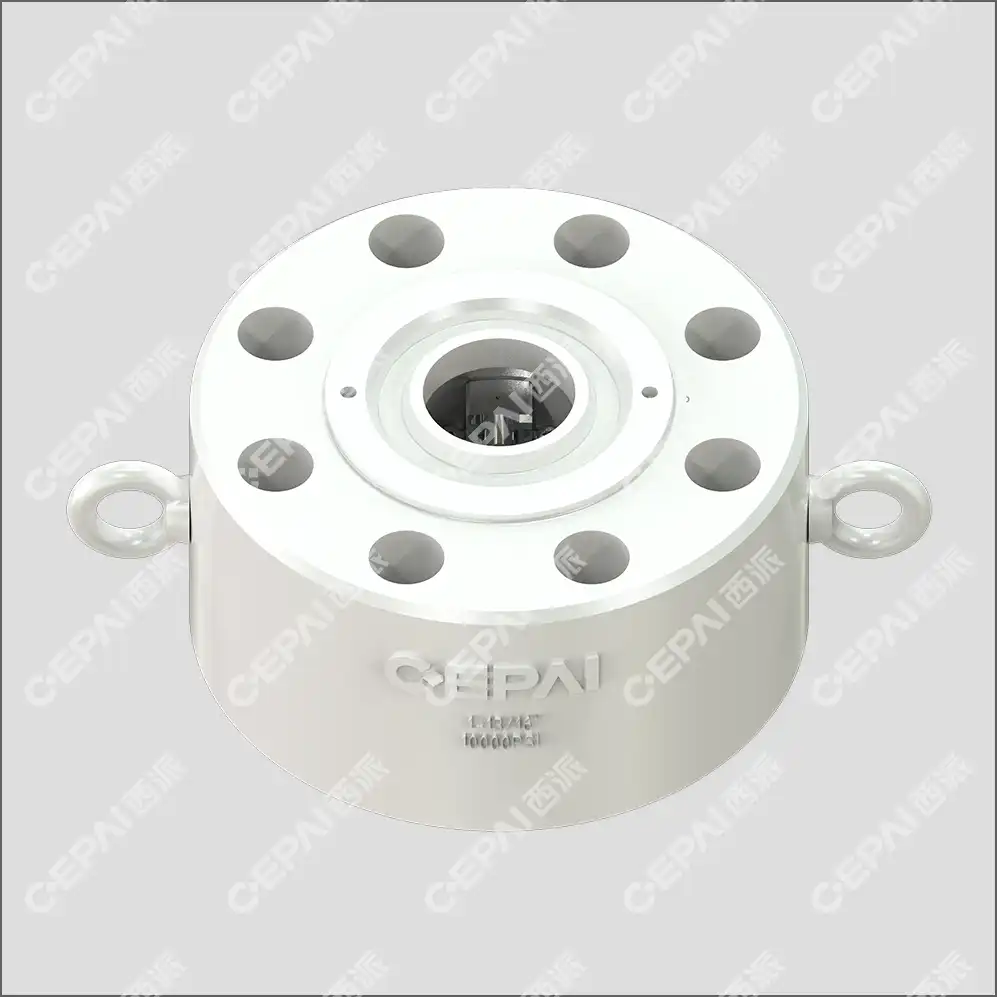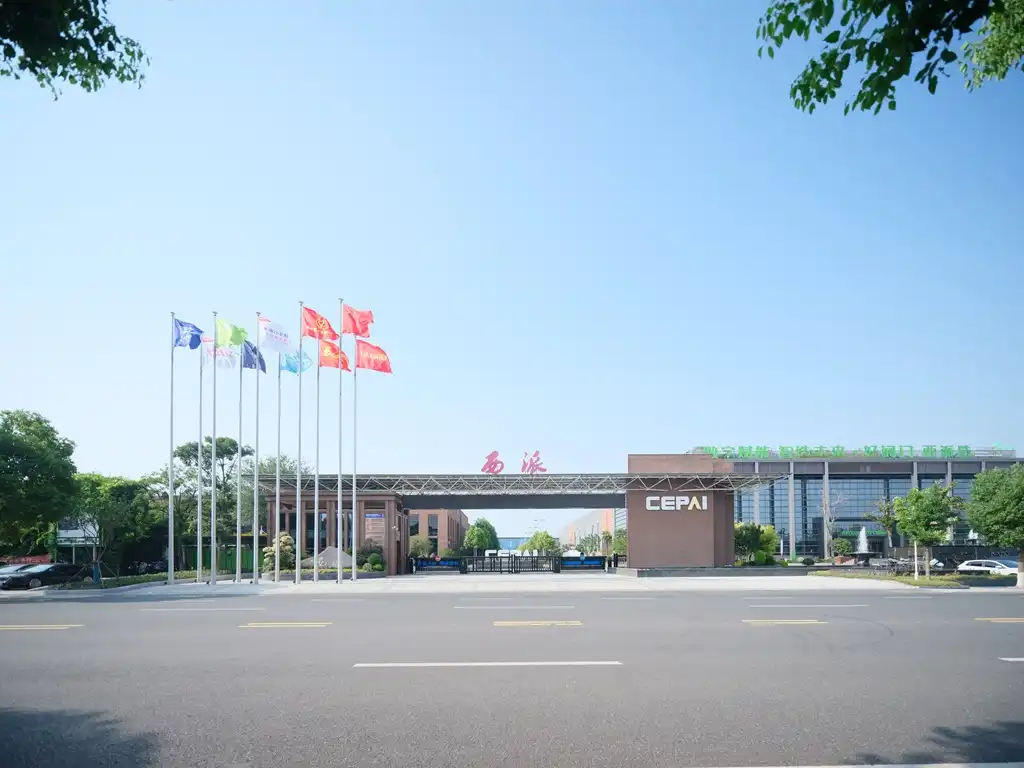Understanding Double-Check Valve Mechanics and Flow Dynamics
The Anatomy of a Double-Check Valve
Double-check valves, or double plate check valves, consist of two independent check valve elements within a single body. These valves typically feature two spring-loaded plates or discs that open when fluid pressure exceeds the spring force, allowing flow in the intended direction. The dual-plate design provides redundancy, enhancing reliability and safety in critical applications.
Key components of a double-check valve include:
- Valve body
- Two independent check plates
- Springs
- Sealing elements
- Hinge pins
The design of these components significantly influences the valve's performance and its impact on fluid flow.
Flow Characteristics in Double-Check Valves
When examining flow characteristics in double-check valves, it's essential to consider factors such as pressure drop, flow coefficient, and valve opening dynamics. The flow through a double-check valve is not constant; it varies based on the fluid pressure and the valve's response.
As fluid pressure increases, the valve plates open wider, reducing resistance and allowing for greater flow. This dynamic response helps minimize flow reduction while maintaining the valve's primary function of preventing backflow. The relationship between pressure and flow in these valves is non-linear, with the valve offering less resistance as flow rates increase.
Factors Affecting Flow in Double-Check Valves
Several factors can influence how a double-check valve affects fluid flow:
- Valve size and pipe diameter ratio
- Spring tension and plate design
- Fluid viscosity and density
- Operating pressure range
- Installation orientation
Proper sizing and selection of double-check valves are crucial for minimizing unnecessary flow reduction while ensuring effective backflow prevention. Engineers must carefully consider these factors when designing systems that incorporate double-check valves to optimize performance and efficiency.
Applications and Benefits of Double-Check Valves in Various Industries
Oil and Gas Industry Applications
In the oil and gas sector, double-check valves play a vital role in ensuring safe and efficient operations. These valves are commonly used in:
- Wellhead equipment
- Pipeline systems
- Offshore platforms
- Refinery processes
Double-check valves in these applications help prevent contamination, protect expensive equipment from damage due to backflow, and maintain system integrity under high-pressure conditions. Their dual-plate design offers an extra layer of protection, which is crucial in the demanding environments of oil and gas operations.

Water Treatment and Distribution Systems
In water treatment and distribution, double-check valves are essential for maintaining water quality and system efficiency. They are used in:
- Municipal water supply systems
- Wastewater treatment plants
- Industrial water processing
- Irrigation systems
These valves prevent the backflow of contaminated water into clean water supplies, protecting public health and ensuring compliance with water safety regulations. The redundancy provided by the double-check design is particularly valuable in critical water infrastructure applications.
Industrial Process Control and Safety
In various industrial processes, double-check valves contribute to both control and safety:
- Chemical processing plants
- Power generation facilities
- Food and beverage production
- Pharmaceutical manufacturing
These valves help maintain process integrity by preventing unintended mixing of fluids, protecting sensitive equipment from reverse flow damage, and ensuring the direction of flow in complex piping systems. Their reliable operation is crucial for maintaining product quality, process efficiency, and workplace safety in industrial settings.
Optimizing System Performance with Double-Check Valves
Proper Sizing and Selection Criteria
Selecting the right double-check valve is crucial for optimizing system performance. Key considerations include:
- Flow rate requirements
- Pressure rating
- Material compatibility
- Temperature range
- Installation space constraints
Engineers should conduct thorough system analysis to determine the appropriate valve size and specifications. Oversized valves can lead to unnecessary pressure drops, while undersized valves may restrict flow and compromise system efficiency. Consulting with valve manufacturers and using advanced sizing software can help in making informed decisions.

Installation Best Practices
Proper installation of double-check valves is essential for ensuring optimal performance and longevity. Best practices include:
- Following manufacturer guidelines for orientation and positioning
- Ensuring adequate support to prevent stress on the valve body
- Providing sufficient straight pipe runs before and after the valve
- Using appropriate gaskets and fasteners for the application
- Conducting leak tests and functional checks after installation
Correct installation not only maximizes the valve's effectiveness in preventing backflow but also minimizes its impact on forward flow, ensuring the system operates as efficiently as possible.
Maintenance and Performance Monitoring
Regular maintenance and performance monitoring are critical for ensuring the long-term reliability and efficiency of double-check valves. Key aspects include:
- Periodic visual inspections for signs of wear or damage
- Functional testing to verify proper operation
- Cleaning and lubrication as per manufacturer recommendations
- Monitoring pressure drop across the valve over time
- Implementing predictive maintenance strategies using data analytics
By implementing a comprehensive maintenance program, operators can extend the life of their double-check valves, minimize unexpected failures, and maintain optimal system performance. Regular monitoring can also help identify potential issues before they lead to significant problems, reducing downtime and maintenance costs.
Conclusion
Double-check valves, while introducing some minor resistance, do not significantly reduce flow when properly sized and installed. Their primary function is to prevent backflow, which they accomplish effectively without substantially impacting forward flow in well-designed systems. The key to optimizing performance lies in proper valve selection, installation, and maintenance. By understanding the mechanics of double-check valves and implementing best practices, industries can leverage these components to enhance system reliability, safety, and efficiency across a wide range of applications.
Contact Us
For expert guidance on selecting and implementing double-check valves in your fluid systems, trust CEPAI Group. Our advanced valve solutions offer superior performance, reliability, and efficiency. Contact us at cepai@cepai.com to learn how we can optimize your operations with our cutting-edge double plate check valves and other innovative products.


_1746598538016.webp)



